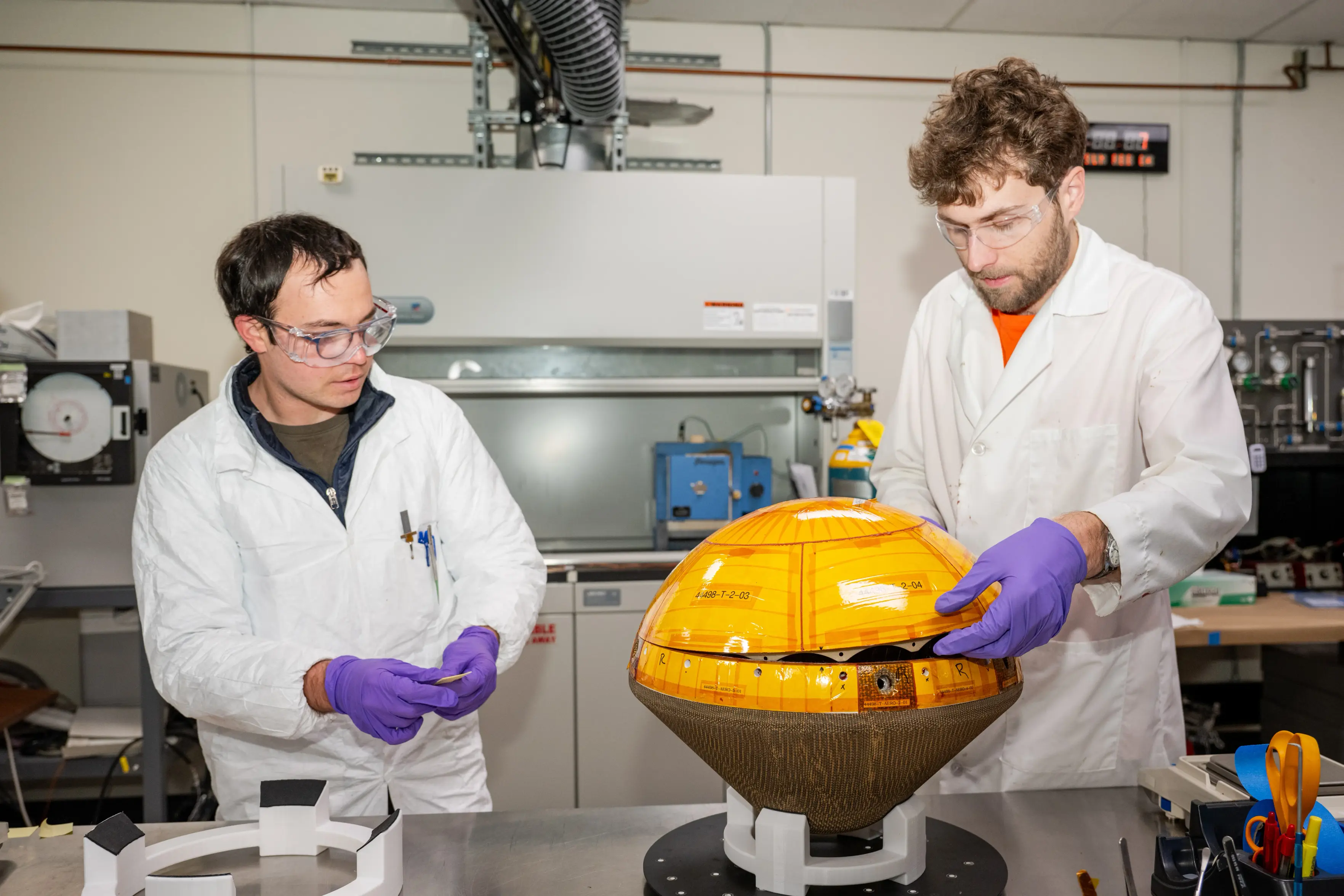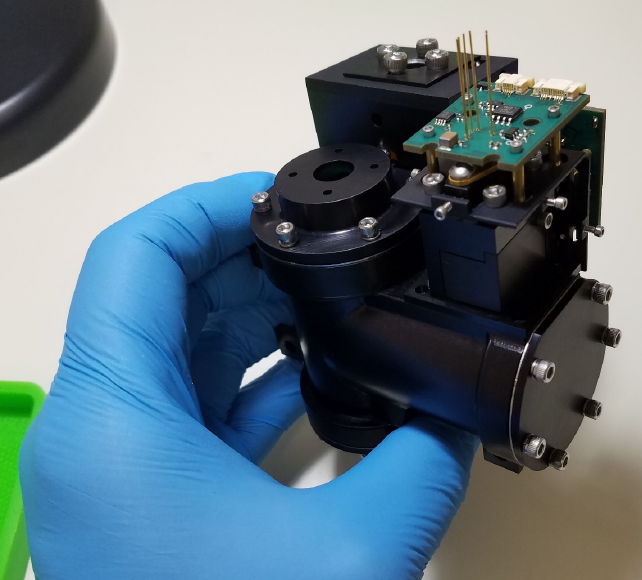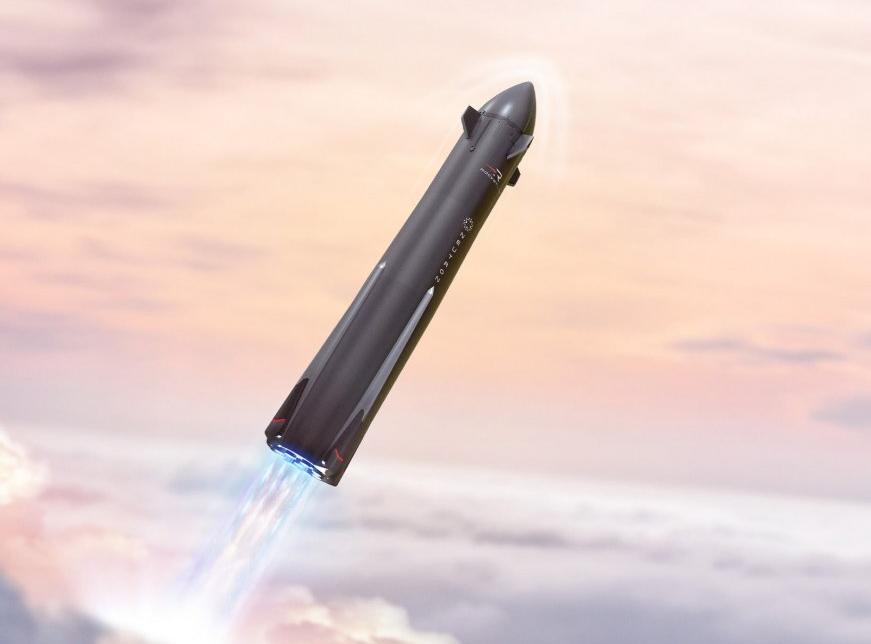Content Warning
The first private mission to Venus is taking shape with some help from engineers at NASA-Ames.
Rocket Lab's Venus mission, currently set for launch in Summer 2026, will search for evidence of life or habitable conditions in the clouds of Venus.
https://www.nasa.gov/image-article/nasa-installs-heat-shield-on-first-private-spacecraft-bound-for-venus/ #space #science #nature #life


